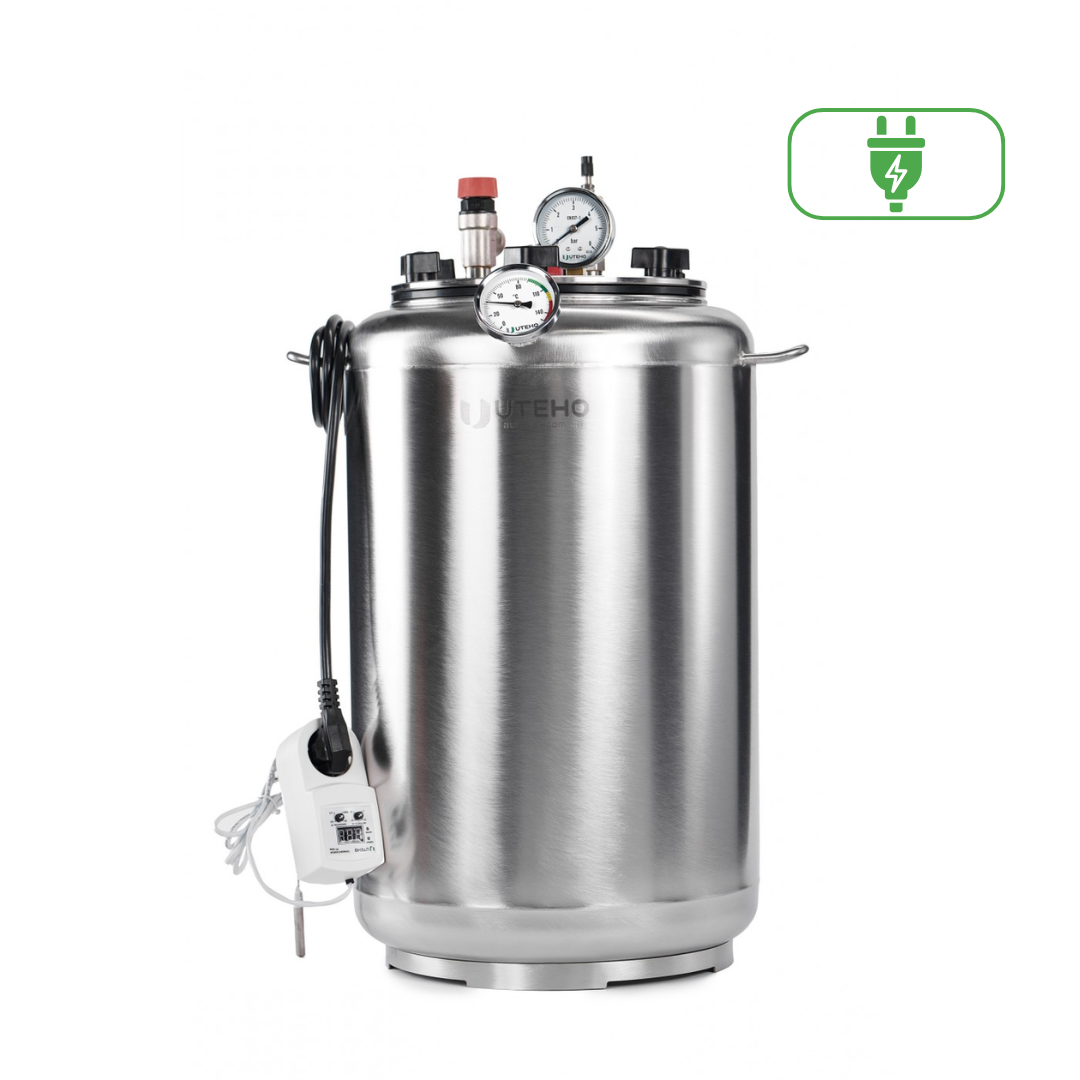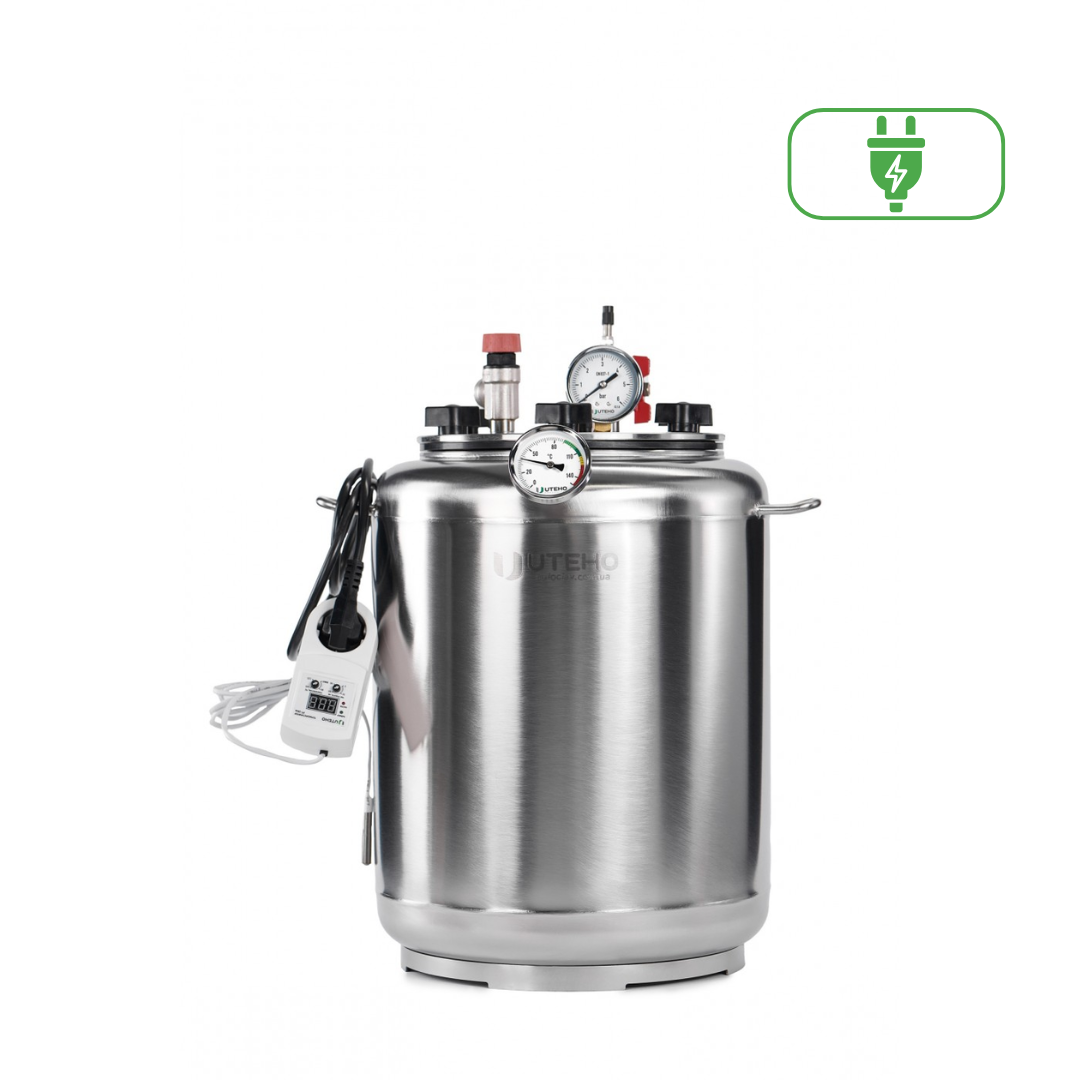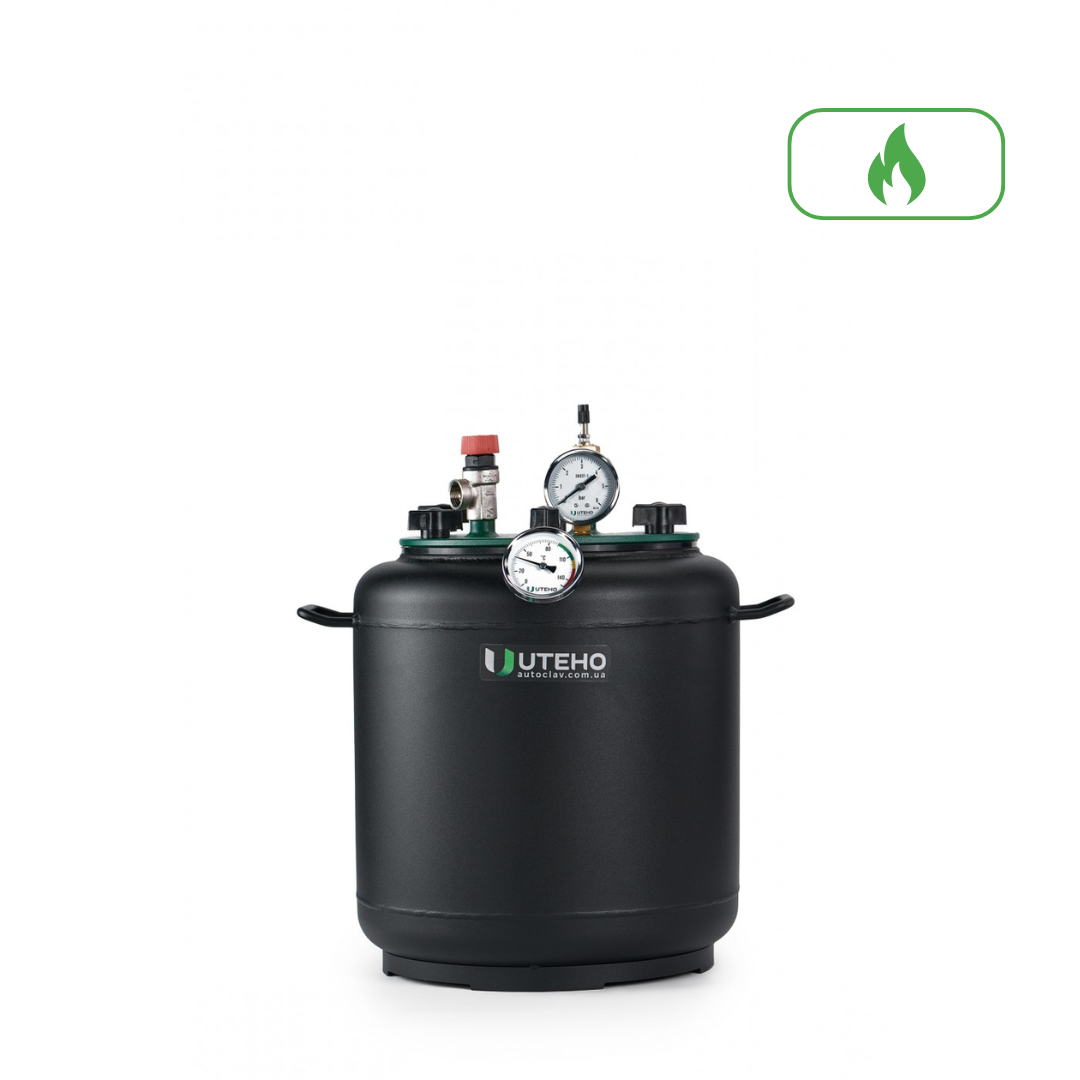
Rabbit Stew in an Autoclave
One of the most favorite types of meat for everyone is rabbit meat. Especially delicious is gently cooked rabbit stew. It can be enjoyed as a standalone dish or used as an addition to a side dish. Its soft, tender taste will leave no one indifferent, especially the youngest gourmets. After all, rabbit meat is considered affordable, tasty, and dietary. And to make the stew turn out well and preserve the maximum amount of nutrients, it is best to preserve it in an autoclave. This is much faster and healthier.
Why is rabbit meat beneficial?
Let’s find out what makes rabbit meat useful. As we noted above, rabbit meat is considered a valuable dietary product. Compared to the main types of meat, it has the lowest calorie content — only 136 kcal per 100 g. Regular consumption of rabbit positively affects the body and improves metabolism.
It is worth mentioning a unique feature of rabbit meat. It is absorbed by the human body by 90%, which provides the body with the maximum possible amount of nutrients, which we will talk about further.
BESTSELLERS
For the improvement of muscle function and strengthening of bones, a person needs minerals and vitamins that rabbit meat contains, namely: vitamins B6, B12 and minerals: phosphorus, potassium, manganese, cobalt, and iron. The human body also needs a range of amino acids, which are found mainly in complete protein. And rabbit meat contains 19 amino acids, which hardly change their composition during heat treatment, especially lysine, methionine, and tryptophan.
Rabbit meat is often compared to chicken as a dietary product. However, there is still a big difference between them. Rabbit is a hypoallergenic product that is suitable for almost everyone, from small children to pregnant and breastfeeding women, who should monitor their diet. Also, compared to chicken, rabbit has more fats and proteins and less sodium, which is also a positive factor for consumption during a diet.
Choosing and preparing meat for canning
The basis for making rabbit stew is the choice of meat. The tastiest canned food comes from fresh or chilled meat. Freezing rabbit before canning is not recommended, as in this case the stew will turn out dry. If frozen raw materials are still used, it is better to defrost them without using thermal sources such as a microwave or warm water.
For canning, the meat of rabbits is used, previously gutted, deboned, and washed. If you are using meat from a domestic rabbit and do not know how to properly butcher the carcass, it is better to contact a professional butcher, as unremoved entrails will spoil the taste and shelf life of the finished canned food. However, do not rush to throw away the removed entrails, as they can be used to prepare delicious dishes, such as stewed rabbit liver, which is considered a delicacy.
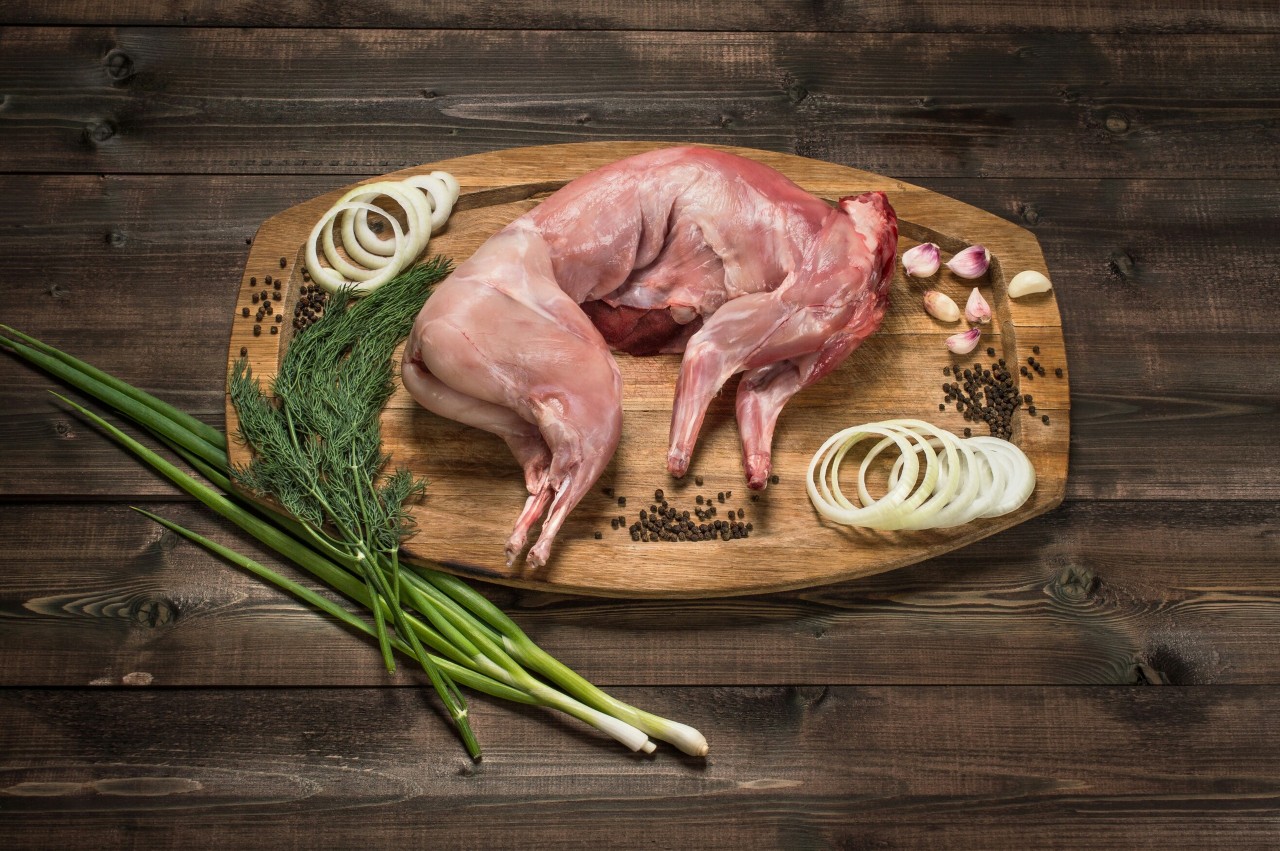
Rabbit fat also should not be discarded. It is added to the stew to make it juicier. If the rabbit was not too fatty and it is not possible to obtain much of its own fat, you can add pork lard.
Before cooking the stew, the pre-prepared carcass is soaked in water. This is done to get rid of the unpleasant smell that remains due to the presence of blood in the carcass. During soaking, all the blood should come out. This usually happens after three soakings lasting two to three hours. Before the last soaking, you can add wine, vinegar, lemon juice, or milk to the water. This will make the taste of the meat tender, as well as eliminate the specific smell and bitterness. However, it is important here not to make the mixture too concentrated. One tablespoon of vinegar per liter of water is enough.
The soaking process should be extended if old rabbit carcasses are used. Young carcasses do not need to be soaked for long, as the blood comes out much faster. Also, from a young rabbit, you can leave the bones, as they are soft and after cooking in an autoclave, they are almost not felt.
The method of preservation is also important. Of course, you can use the old method of canning in a pot, but it is better to use a special device — an autoclave. It will eliminate harmful bacteria in the finished product, as the canning process takes place at a temperature above 100 degrees. It is at this temperature that all bacteria and organisms that can spoil the preservation die.
The recipe for making rabbit stew in an autoclave is actually only one. However, the taste of the finished canned food may vary. It will depend on many factors: the age of the animal whose meat is used, the marinade in which the meat was soaked, and the freshness of the meat itself. Therefore, we offer you a very simple but universal recipe by which you can cook rabbit according to your preferences.
Rabbit stew recipe in an autoclave
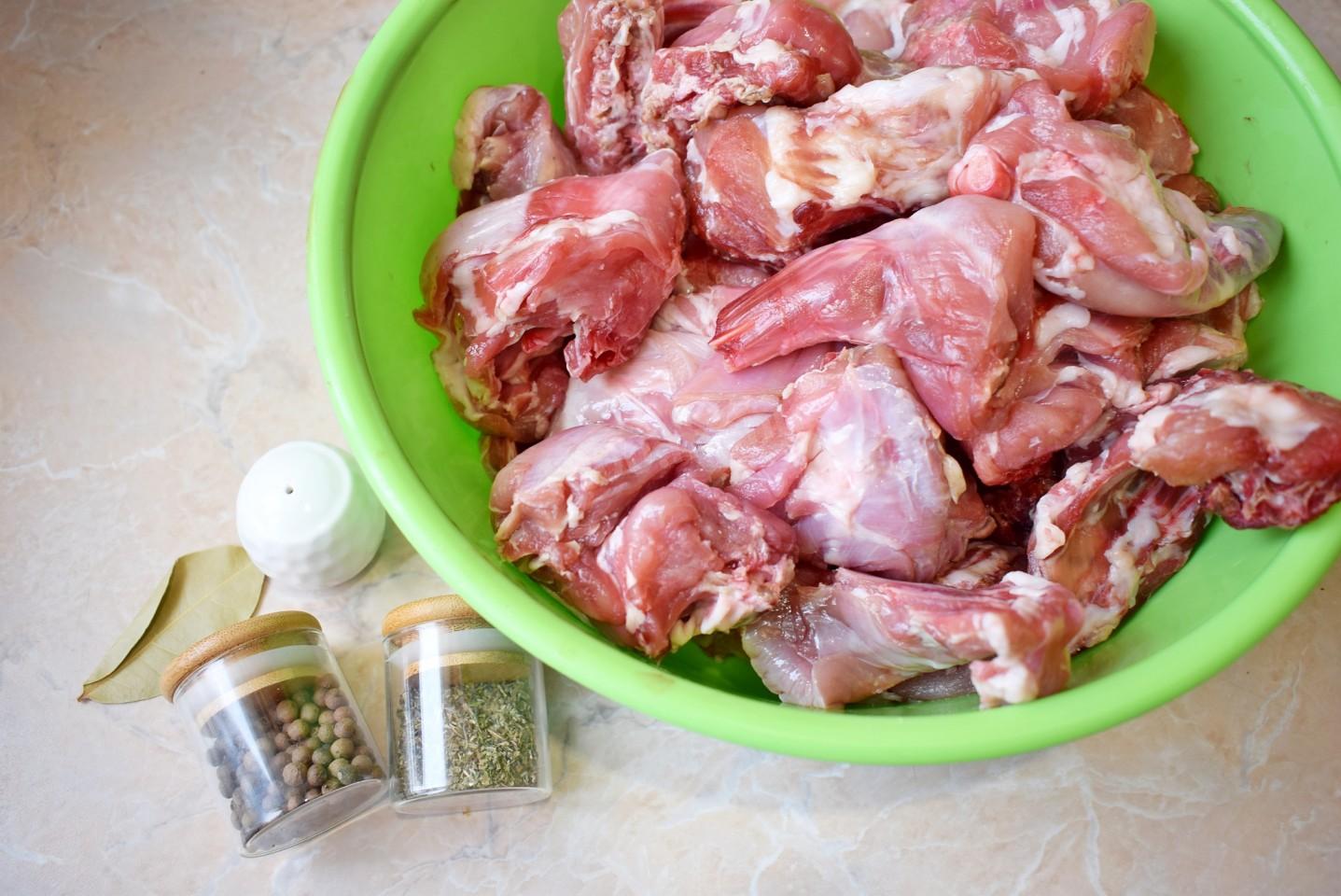
Ingredients:
- rabbit carcasses — 5 kg;
- salt — 5 tsp;
- pork fat (rendered) — 0.5 kg;
- bay leaf;
- black peppercorns.
Cooking steps:
- Cut the pre-soaked rabbit into small pieces (about 3 cm) and place in a large container, add salt, mix thoroughly by hand so that each piece is marinated, and leave for one hour.
- Place a bay leaf, a few black peppercorns, and 1-2 tablespoons of pork fat on the bottom of a half-liter jar. Put the meat on top, without tamping it too much, and leave 2 cm from the top of the jar empty.
- If the thermometer is located at the top of the container – cook for 30 minutes at 110 degrees.
- If the thermometer is located at the bottom of the container – cook for 30 minutes at 120 degrees.
The company “Ukrpromtech” manufactures modern electric, gas, and universal autoclaves, developed by leading industry specialists. All autoclaves are made in compliance with safety standards and from high-quality raw materials using modern technologies.
If you have any questions, you can contact us by phone: (050) 376-60-86 or (067) 370-27-22. Our experienced managers will advise you on any topics related to autoclaves and their use.
Read also:
- Stew with buckwheat in an autoclave
- Chicken and duck preserves
- Pork preserves
- Pâté in an autoclave Pearl barley with meat in an autoclave
- Porridge with meat in an autoclave
- Stew in an autoclave







.png)
